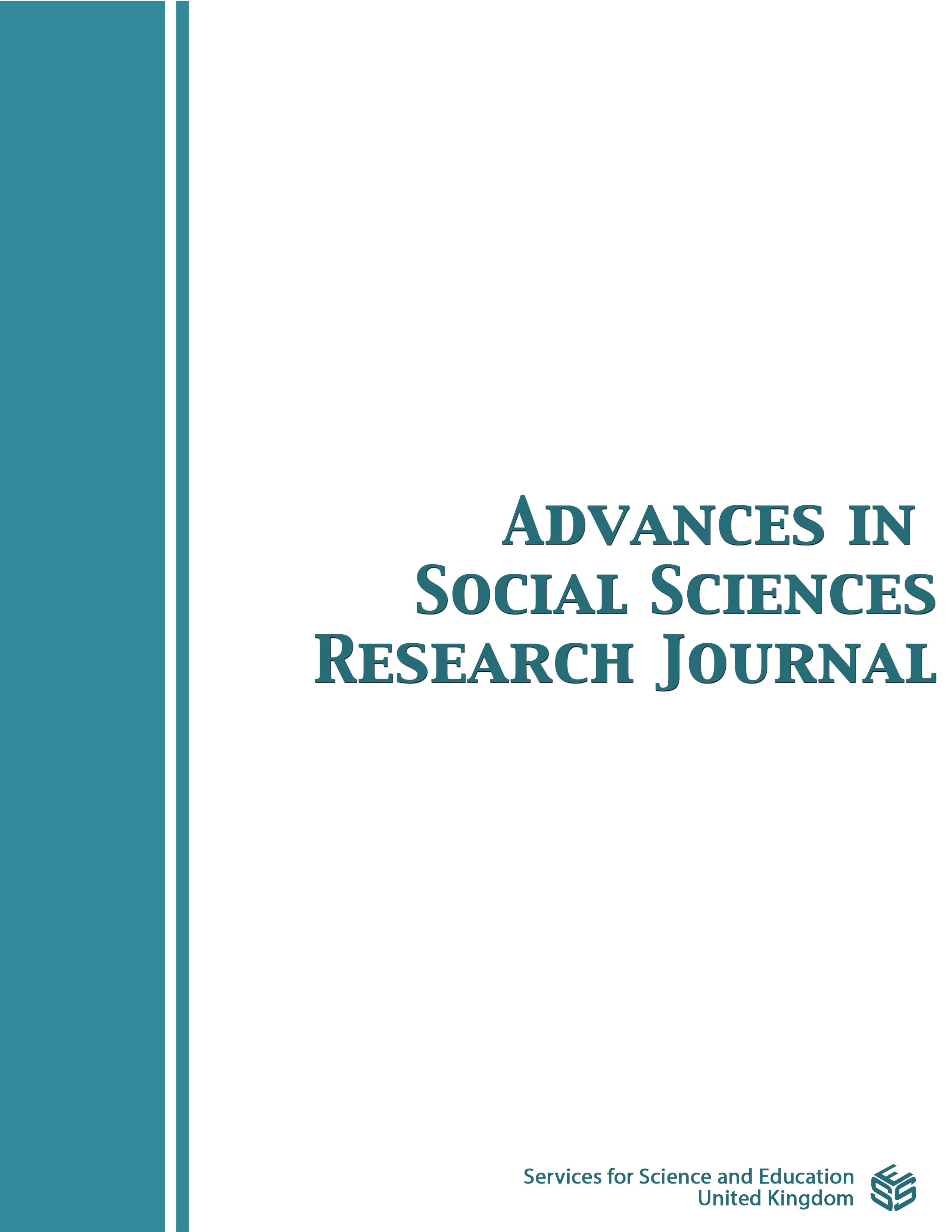Rhythm: Types, Hierarchy and Language Diversity
DOI:
https://doi.org/10.14738/assrj.87.10438Keywords:
rhythm, universal, property, systemic approach, hierarchy, system, structure, energy or heat, isomorphism, unequal, distribution, matter, natural factors, variation, crystal cage, generate, relation, geographical areas, unconsciousness, transition, form, measure, movement, regular, harmony, inherentAbstract
This article deals with the factors which cause the emergence of rhythm, its types, hierarchy and the relation of rhythm to life and the human language diversity. According to Aristotle “all types of rhythm are measured by certain movements”. So all events and processes connected with rhythm are rhythmical in nature. Rhythm is a regular reiteration of identical cases, processes and events within the boundaries of time and space. Rhythm is the form of regular motion. However, rhythm is not the result of motion. It is just the movement itself. All types of rhythm or movement, to our mind, are based on energy the absence of which excludes movements, rhythms, accordingly then life, human language, as well as language diversity. Thus, studying rhythm, its types and systemic hierarchy, to our mind, enables us to reveal the mechanism of transition from inanimate nature to animate one, on the one hand, and creation of the styduing diversity principle of nature, as well as language diversity, on the other hand.
The main task of a linguistic scholar, as defined by David Crystal, is great interest. To this linguist “the main task of the linguistic scholar is not to improve the language teaching situation … etc., his task is basically to study and understand the general principles upon which all languages are built. What are the “design features” of human language? What are the differences between languages? How can we describe and classify this? How far are they fundamental? What concepts do we have before we can begin to talk about language at all” (D.Crystal, 1997).
Our aim, accordingly, is to make an attempt to study the types of rhythm, its systemic hierarchy and the relation of rhythm to emergence of life and language diversity.
Downloads
Published
How to Cite
Issue
Section
License
Copyright (c) 2021 Farman Zeynalov

This work is licensed under a Creative Commons Attribution 4.0 International License.
Authors wishing to include figures, tables, or text passages that have already been published elsewhere are required to obtain permission from the copyright owner(s) for both the print and online format and to include evidence that such permission has been granted when submitting their papers. Any material received without such evidence will be assumed to originate from the authors.






